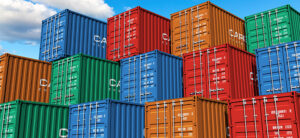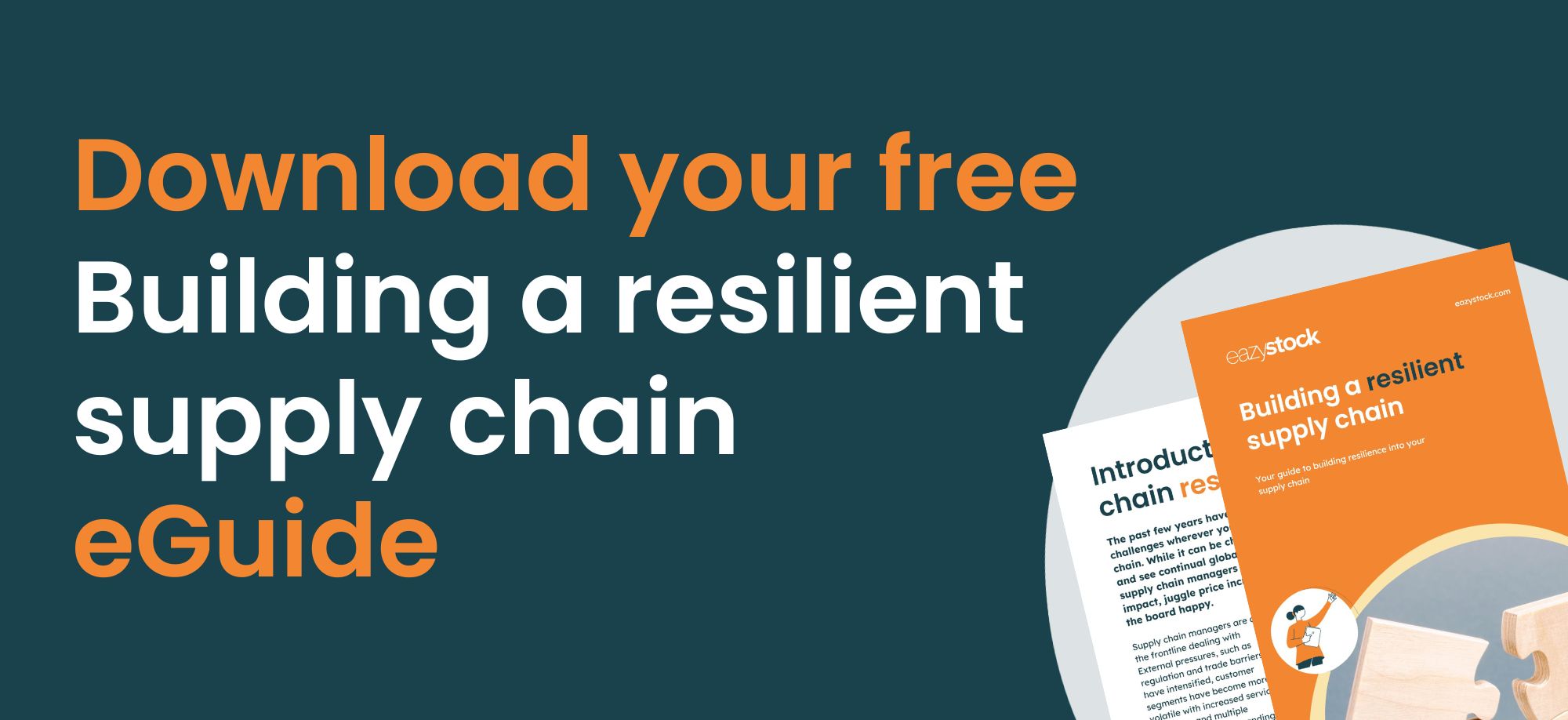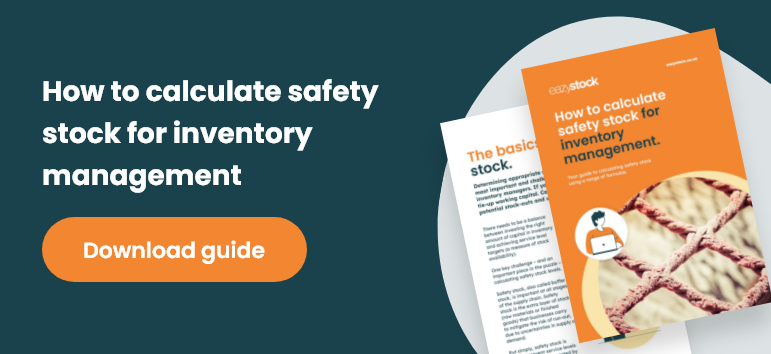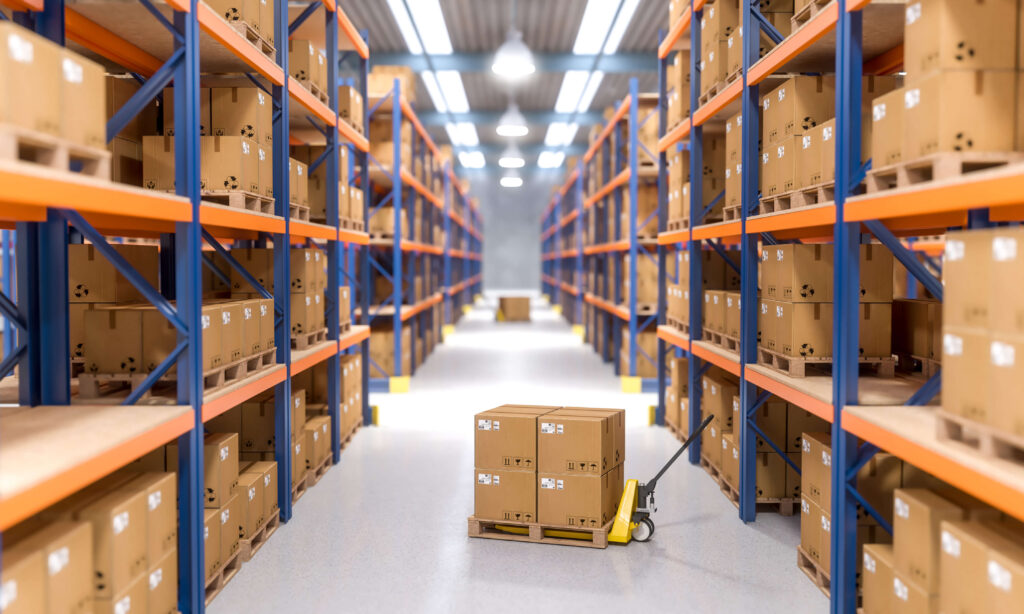Managing inventory during shipping container shortages
The effects of COVID-19 on global supply chains have been far-reaching. In particular, the shipping industry has been hit due to the displacement of containers blocking ports and causing global shortages. Many UK businesses continue to be affected by longer lead times, which are made worse by global lockdown regulations, staff and HGV driver shortages.
There’s also been a knock-on effect on shipping costs, as container prices surged in 2021 due to limited availability and increased demand. These higher costs have impacted the profit margins of many businesses.
Even in 2022, the same issues linger. While some companies are repurposing containers or re-using older models, ports in the UK still have backlogs and congestion, as well as staff shortages. So, it’s going to be a while before things get back on track.

Making the most of every shipping container
With the price of containers so high, and their availability so scarce, it’s critical that you make every shipment of goods count. This means ensuring you never ship half-full containers or fill up with items that are not business-critical.
It’s important that you fill every container with stock items that you’re confident you will sell or need in upcoming production runs.
However, if you have available space in your containers, how do you know what to fill it with? Which products will be the most beneficial to have in your warehouse?
Can you achieve container efficiency with manual order fill-up calculations?
When a container is below its maximum capacity, it’s tempting to fill it with ‘more of the same’. But what if you simply don’t need those items? It would make much more sense to look at your upcoming demand and add these stock items to the order instead.
However, calculating future stock levels and demand forecasts manually can be very time-consuming, and if your forecasts and stock data is inaccurate, you could risk ordering the wrong stock. This could lead to stockouts of some items, whilst others could sit on the shelves for months, absorbing much-needed capital.
Plus, the longer you take to place the container order, the more chance you will lose your spot and incur further delays.
EazyStock’s order fill-up functionality
Automated inventory optimisation software, like EazyStock, can save you time and reduce the pain of manual calculations.
When a container is below capacity, you can simply ask EazyStock to recommend items from the same supplier with actual upcoming demand to fill up the order, instead of items selected at random or by ‘guesswork’. This way, you’re ordering stock that you know you will soon need instead of items that could lead to excess stock levels.
You can also use the order fill-up functionality to set targets for minimum value, number of units or maximum weight.
The benefits of filling up shipping containers with the right stock
Ordering the right stock items can save you money, as your business will benefit from having items in stock that you actually need and not tying up capital.
Having the right stock in place can help you maintain high levels of stock availability so you can fulfil customer orders and keep them happy.
Optimising the space in every container could lead to fewer shipments in the long run. That’s better for your carbon footprint and your bottom line.
By automating the process, you can fill up your order in a few clicks, giving you time to focus on other areas of stock management.










